
Tel Aviv University (TAU) is a public research university in Tel Aviv, Israel. With over 30,000 students, it is the largest university in the country. Located in northwest Tel Aviv, the university is the center of teaching and research of the city, comprising 9 faculties, 17 teaching hospitals, 18 performing arts centers, 27 schools, 106 departments, 340 research centers, and 400 laboratories.
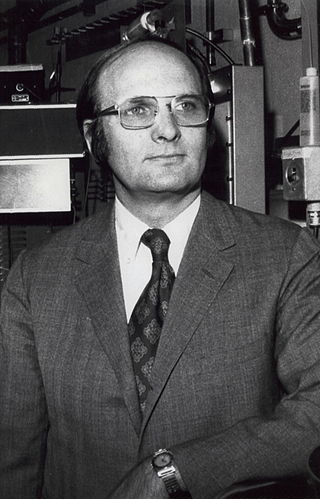
John Robert Schrieffer was an American physicist who, with John Bardeen and Leon Cooper, was a recipient of the 1972 Nobel Prize in Physics for developing the BCS theory, the first successful quantum theory of superconductivity.

Philip Warren Anderson was an American theoretical physicist and Nobel laureate. Anderson made contributions to the theories of localization, antiferromagnetism, symmetry breaking, and high-temperature superconductivity, and to the philosophy of science through his writings on emergent phenomena. Anderson is also responsible for naming the field of physics that is now known as condensed matter physics.

Yakir Aharonov is an Israeli physicist specializing in quantum physics. He has been a Professor of Theoretical Physics and the James J. Farley Professor of Natural Philosophy at Chapman University in California since 2008. He is also a distinguished professor in the Perimeter Institute and a professor emeritus at Tel Aviv University in Israel. He is president of the IYAR, The Israeli Institute for Advanced Research.

Joshua Jortner is an Israeli physical chemist. He is a professor emeritus at the School of Chemistry, The Sackler Faculty of Exact Sciences, Tel Aviv University in Tel Aviv, Israel.
Guy Deutscher is a professor emeritus of physics at Tel Aviv University, Israel. His area of research is experimental solid-state physics and superconductivity. He completed his dissertation under the direction of the theoretical physicist Pierre Gilles de Gennes at the University of Paris-Sud in 1967 as a member of "the Orsay group on superconductivity".
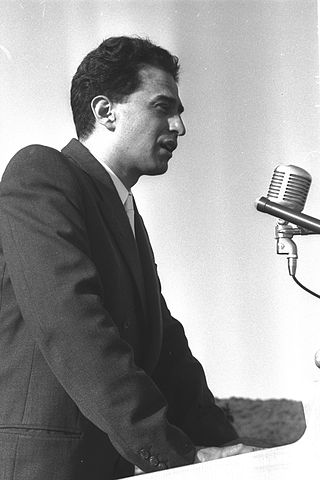
Amos de-Shalit was an Israeli nuclear physicist and Israel Prize laureate.
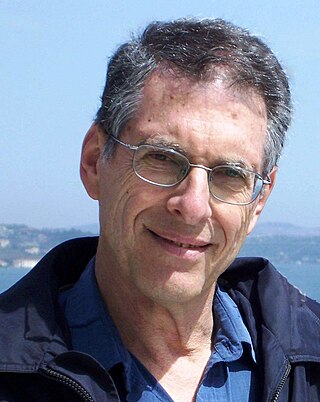
Abraham Nitzan is a professor of chemistry at the Tel Aviv University department of chemical physics and the University of Pennsylvania department of chemistry.

Miriam Cohen is an Israeli mathematician and a professor in the Department of Mathematics at Ben-Gurion University of the Negev whose main areas of research are Hopf algebras, quantum groups and Noncommutative rings.
Chandan Dasgupta, is an Indian theoretical physicist known for his contributions in condensed matter physics and statistical physics. He is at present a professor at Indian Institute of Science, Bangalore. He was the former dean of Undergraduate Program at Indian Institute of Science.
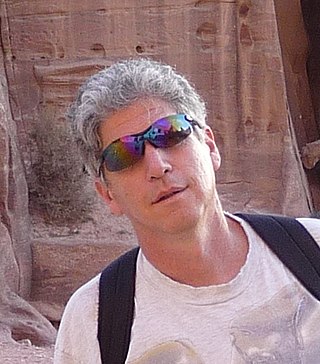
Yigal Meir is the Graham Beck professor of Quantum Science and Technology at Ben Gurion University, specializing in condensed matter; in particular mesoscopic physics, disordered systems and strongly correlated materials. Among his achievements is the derivation of the Meir-Wingreen Formula, and solving the 0.7 anomaly puzzle in quantum point contacts.
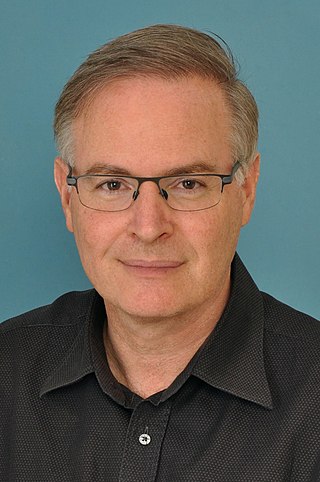
David Andelman, is an Israeli theoretical physicist best known for his contributions to soft matter and biophysics.
Elihu Abrahams was a theoretical physicist, specializing in condensed matter physics.
Matthew P. A. Fisher is an American theoretical physicist and Professor of Physics at the University of California, Santa Barbara, and is known for several major contributions to condensed matter physics. He completed his bachelor's degree in engineering physics from Cornell University in 1981 and earned a Ph.D. in theoretical physics from the University of Illinois at Urbana-Champaign in 1986 with Anthony Leggett as his advisor, with part of his work done under the supervision of Eduardo Fradkin. He was awarded the Alan T. Waterman Award in 1995, and in 2015 he was a recipient of the Oliver E. Buckley Condensed Matter Prize for his work on the superconductor-insulator transition. He was elected to the American Academy of Arts and Sciences in 2003 and to the National Academy of Sciences in 2012. He is a Fellow of the American Physical Society. He is the son of English physicist Michael E. Fisher, and brother of American physicist Daniel S. Fisher.
Aharon Kapitulnik is an Israeli-American experimental condensed matter physicist working at Stanford University. He is known primarily for his work on strongly correlated electron systems, low dimensional electronic systems, unconventional superconductors, topological superconductors, superconductivity and magnetism, transport in bad metals and precision measurements.

Thomas Maurice Rice is an Irish theoretical physicist specializing in condensed matter physics.
Arthur Brooks Harris, called Brooks Harris, is an American physicist.
Philip W. Phillips is a theoretical condensed matter physicist at the University of Illinois at Urbana–Champaign. He has contributed to the studies of various topics in modern physics including high temperature superconductivity and gauge–gravity duality.

Amnon Aharony is an Israeli Professor (Emeritus) of Physics in the School of Physics and Astronomy at Tel Aviv University, Israel and in the Physics Department of Ben Gurion University of the Negev, Israel. After years of research on statistical physics, his current research focuses on condensed matter theory, especially in mesoscopic physics and spintronics. He is a member of the Israel Academy of Sciences and Humanities, a Foreign Honorary Member of the American Academy of Arts and Sciences and of several other academies. He also received several prizes, including the Rothschild Prize in Physical Sciences, and the Gunnar Randers Research Prize, awarded every other year by the King of Norway.
Allen Marshall Goldman is an American experimental condensed matter physicist, known for his research on electronic transport properties of superconductors and for the eponymous Carlson-Goldman mode involving collective oscillations in superconductors.












